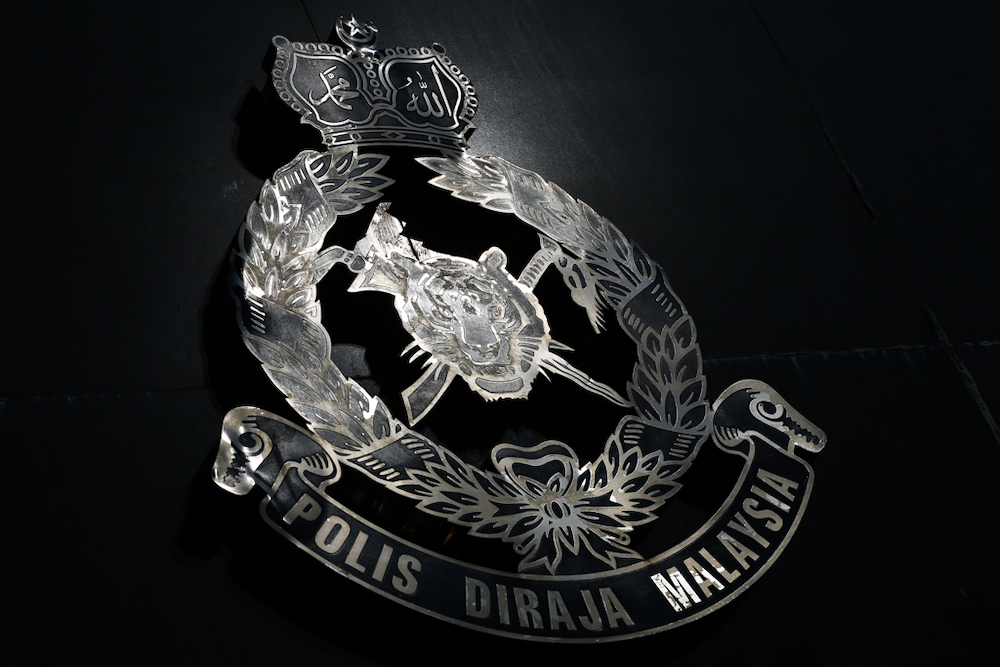ADVERTISE HERE

Dr Sham (circled) at the frontline during the liberation of the Japanese POW Camp by Australian forces in 1945.
KUCHING (Sept 16): The Sikhs in Sarawak, through their pivotal contributions during World War II, established themselves as a crucial part of the region’s struggle for freedom and self-determination.
Amidst the turmoil, Capt Dr Sham Singh Sekhon, a proud Sikh and skilled medical doctor, left an indelible mark through his valiant efforts both on the battlefield and in the infirmary, tending to the wounded with tireless compassion and bravery.
His efforts, alongside those of other Sikhs, laid the crucial groundwork for their recognition as an integral part of Sarawak’s history.

Capt Dr Sham Singh Sekhon
The Borneo Post recently had the privilege of meeting Jaideep Singh Sekhon, who travelled from Chandigarh, India, to share the compelling story of his father.
Jaideep said his father, who was born in 1913, joined the Indian Medical Service (IMS) and graduated from King Edward Medical College, Lahore in Punjab – then British India – in 1939.
“My father enlisted in the British Indian Army and served as a doctor with the 2/15th Punjab Regiment, where it saw intense action during World War II,” he said when met at the Gurdwara Sahib Kuching.
In 1940, the British deployed the 2/15th Punjab Regiment, composed predominantly of Sikh men, to defend Sarawak, and when the Japanese attacked Kuching in December 1941, the regiment engaged in rear guard action against overwhelming odds, holding out until their surrender in April 1942.

Jaideep holds a photo of his father at the Gurdwara Sahib Kuching.
Japanese brutality
Jaideep recounted that his father, along with other allies, was imprisoned as a prisoner of war (POW) at the Batu Lintang POW Camp where he endured brutal conditions including harsh treatment, food shortage, disease, death of other POWs, forced labour, inadequate clothing, and deplorable living quarters.
According to the ‘Full Statement of Atrocity or Crime’ signed by Dr Sham, the Japanese inflicted severe beatings, suffocation and starvation as part of their torture, largely due to the POWs’ staunch refusal to cooperate with the Japanese in any way.
On Sept 11, 1945, the camp was liberated by the Australian Ninth Division following the Japanese surrender, allowing Dr Sham’s return to India where he continued serving in the IMS.
After a distinguished career, he retired in 1971 and passed away in 1988.
At the Batu Lintang POW Camp, the historical Punjabi Barracks and Punjabi Ammunition Bunker stand as enduring reminders of the Japanese occupation, reflecting the Sikh community’s role and resilience during that tumultuous period.

Jaideep during his visit at the Punjabi Barracks at Batu Lintang POW Camp in Kuching.
During Jaideep’s brief visit to Kuching, he explored several significant sites, including the Punjabi Barracks, the Ammunition Bunker, and the Batu Lintang Mini Museum.
He also had the honour of presenting a framed photograph of his father along with copies of his father’s report to the Australian War Crime Commission to Dr Habids Buhigiba Mohd Bustaman, a history lecturer at the Batu Lintang Teacher Education Institute in Kuching.
Dr Sham’s report to the Australian War Crime Commission was crucial in securing the conviction of Lt-Col Tatsuji Suga, also known as Colonel Suga, who was the camp’s commandant.
In honouring the service and sacrifices of the Sikh heroes who served the 2/15th Punjab Regiment of the British Indian Army from 1922 to 1947, as well as the POWs, the Gurdwara Sahib Kuching has installed a plaque at the Heroes Memorial Park at Jalan Budaya in the city.

Jaideep sitting next to the plaque installed at the Heroes Memorial Park, Jalan Budaya in Kuching.
‘Shaping history’
The Sikhs have been instrumental in shaping the history of Sarawak, with their involvement dating back to the 1850s during the Chinese uprising in Bau.
The first White Rajah of Sarawak Sir James Brooke took refuge with the Governor of the Straits Settlements in Singapore, where he then recruited Sikhs and other personnel to join the Sarawak Police Force.
Many who arrived later were employed as prison wardens by the government and as security personnel by the Sarawak Shell Company in Miri.
By the late 1930s, over 300 Sikhs and their families were residing in Kuching. After World War II, those who chose to remain were primarily employed as policemen and watchmen, playing an important role in bringing peace and law and order to the area.
In recognition of their contributions, the Gurdwara Sahib Kuching was established on a 0.37-acre plot obtained from the Brooke administration, with construction of the double-story wooden building starting on March 1, 1911 and completed on Oct 1, 1912.
The history of Sarawak bears the mark of the pioneer Sikhs, exemplified by Bukit Punjab in Matang and Jalan Punjabi in Batu Lintang here, which has since been renamed Jalan College.

Jaideep (left) presents a framed photograph of his father, along with copies of his father’s report to the Australian War Crime Commission, to Habids Buhigiba (second left).








 English (US) ·
English (US) ·